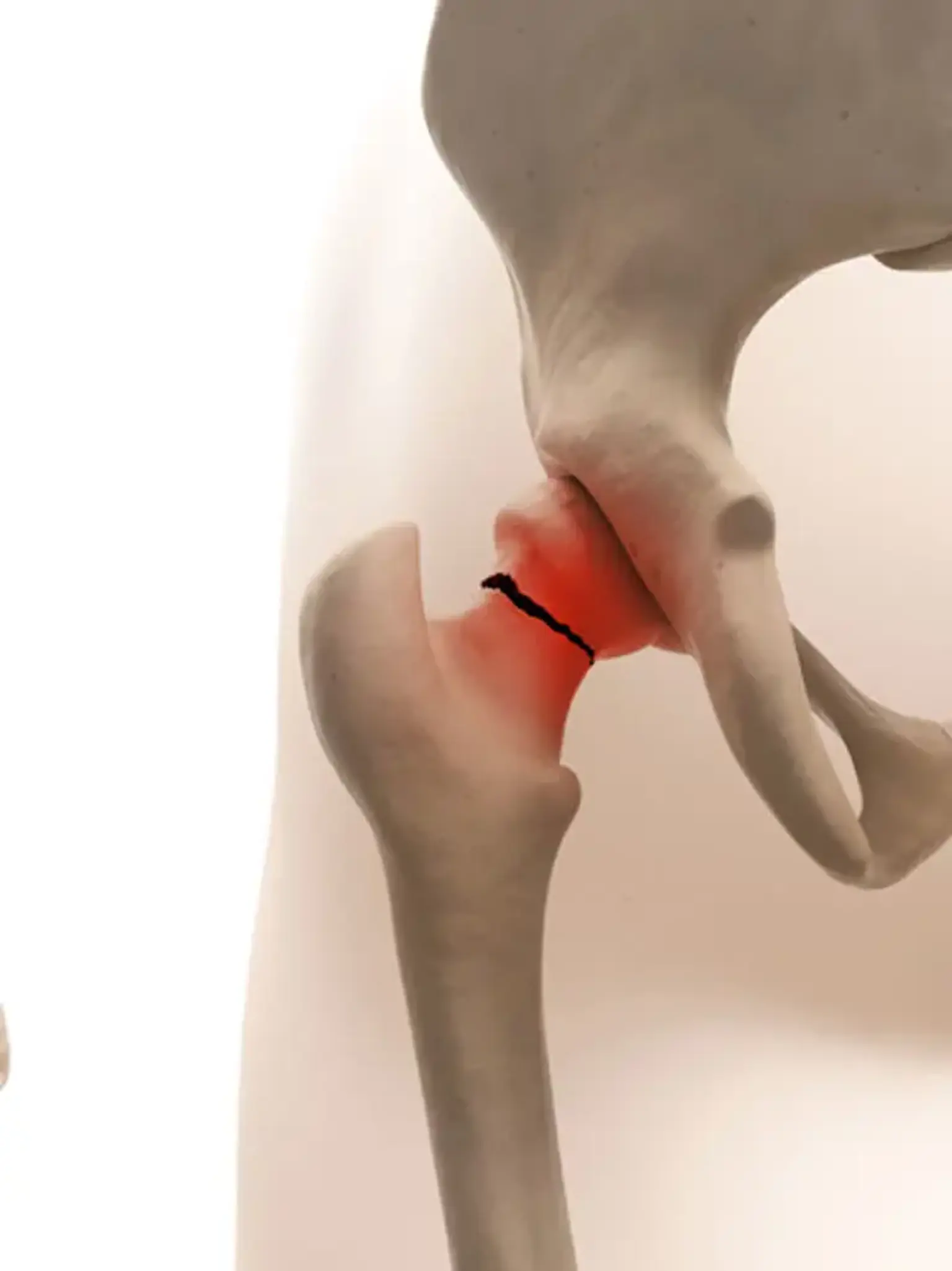Hip Fracture
Overview
Hip fractures are one of the most common fractures seen in the emergency room and by orthopedic trauma teams. The terms hip fracture and neck of femur fracture are interchangeable. Both terms refer to a proximal femoral fracture between the femoral head and 5 cm distal to the lesser trochanter.
They are most commonly caused by a fall. Risk factors include osteoporosis, taking various medications, drinking alcohol, and having metastatic cancer. X-rays are commonly used to make a diagnosis. Magnetic resonance imaging, a CT scan, or a bone scan may be required to make the diagnosis in some cases.
Opioids or nerve blocks may be used to treat pain. Surgery is usually recommended within two days if the patient's health allows it. Surgery options include total hip replacement or screw stabilization of the fracture. Following surgery, treatment to prevent blood clots is advised.
